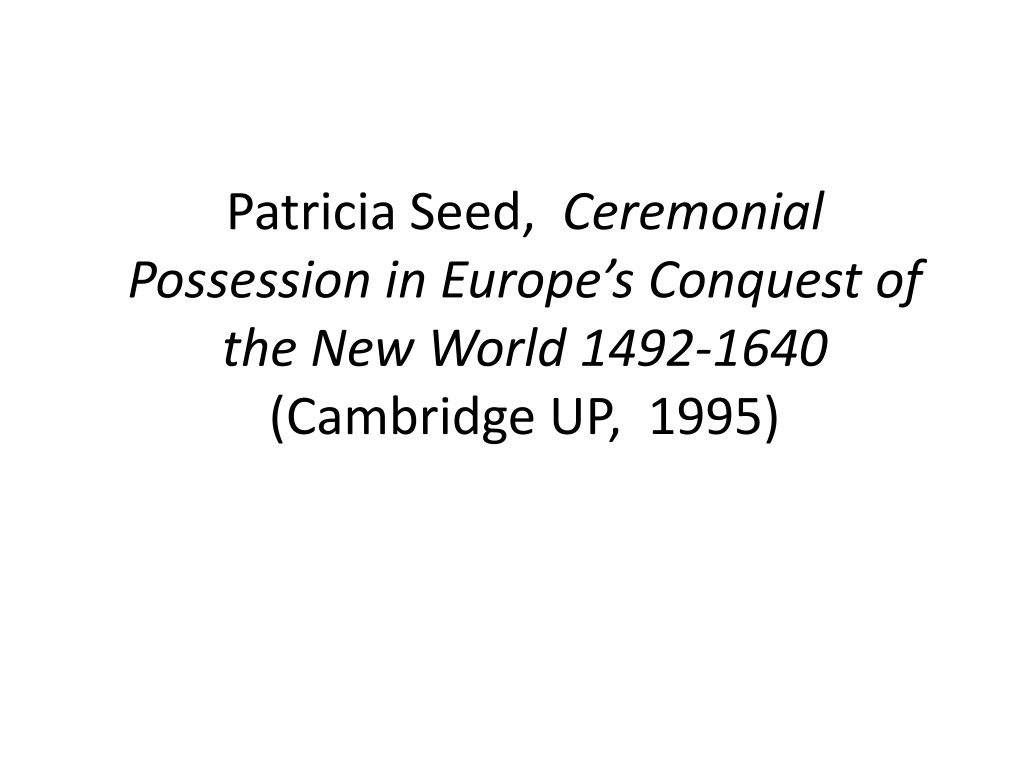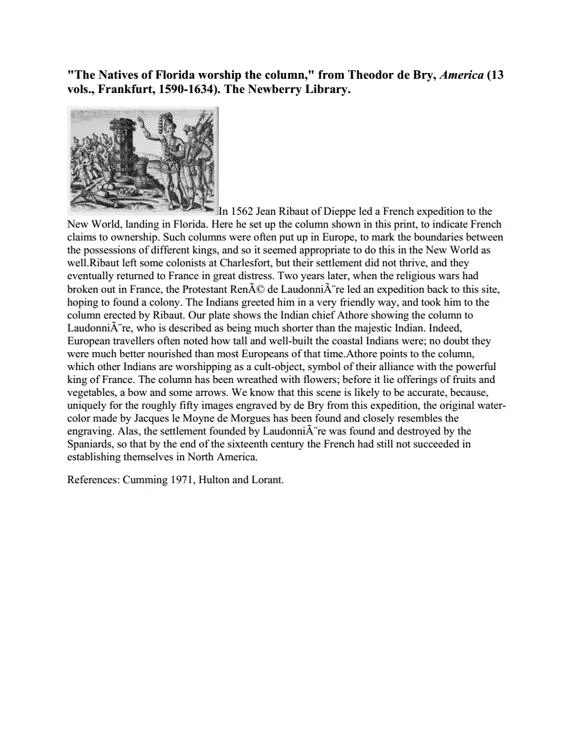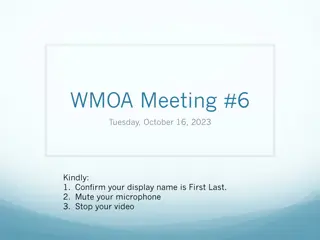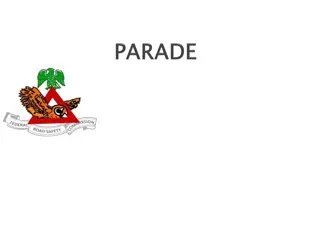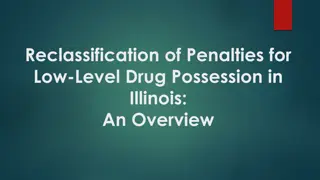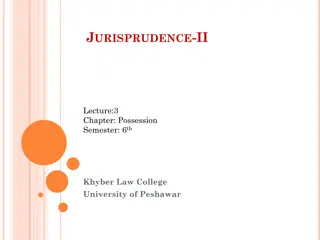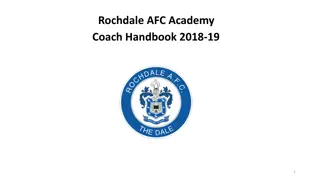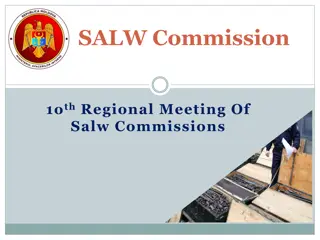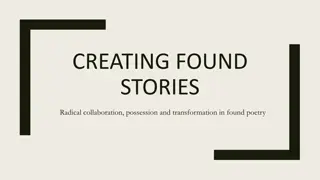Ceremonial Possession Practices in Europe's New World Conquest
Patricia Seed's book explores how European nations utilized ceremonial practices to claim ownership of the New World between 1492-1640. Each nation employed symbolic gestures to legitimize their rule, leading to conflicts over territory. Critics such as Las Casas, Van Der Donck, and Williams challenged colonial practices from within their cultural traditions. The Spaniards used solemn speeches and military force, while the Portuguese combined astronomy with sword conquest. National differences in possession rituals included literacy requirements for some nations and varied approaches to symbolic acts.
Download Presentation

Please find below an Image/Link to download the presentation.
The content on the website is provided AS IS for your information and personal use only. It may not be sold, licensed, or shared on other websites without obtaining consent from the author. Download presentation by click this link. If you encounter any issues during the download, it is possible that the publisher has removed the file from their server.
E N D
Presentation Transcript
Patricia Seed, Ceremonial Possession in Europe s Conquest of the New World 1492-1640 (Cambridge UP, 1995)
French Reproduce grandeur of royal processions For example in Florida, they set up a pole as they did for marking boundaries in Europe 2 years later French found indigenous people worshipping the pole and decorating it with fruit and flowers. French conclude with dialogue with locals. In another example, the French guided natives into cutting a cross from a tree an planting it. Native participation is sign of consent. Ceremonial like Spanish, but more flexibility to occasion/location.
Ceremonial practices differed among European nations, but each legitimized right to rule with symbolic gestures. Thus, between 1492-1640 European nations claimed ownership of parts of New World. Each nation followed familiar actions, gestures, movements, or speeches ( p. 3) Each nation did not fully understand the other European nations symbolic gestures and in conflicted territory, argued for own national interest.
Critics did not prefer cultural practices of another nation. Spaniard Las Casas Dutchman Adiaen Van Der Donck Englishman Roger Williams Each critiqued colonialism from within own legal and cultural traditons. (p. 11)
Spaniards Make solemn speeches (The Requirement as stated by the crown. Handout.) Notaries certify Requirement read to assembled natives. (p. 1300 Launch military attack in requirement that natives observe Catholicism.
The Portuguese Measured the height of midday sun and the position of stars at night to figure out location astronomically. They recorded the specific numbers. Portuguese influenced by Hebrew and Arabic math and astronomy. Portuguese superimposed the grid of latitudes upon lands and they put up pillars. Then they took the land by sword. Discovery signified establishment of dominion.
National differences Literacy required for Spanish, Portuguese, and Dutch rituals of possession. Literacy not required for French or English rituals of possession. French did ritualized movement (procession). English used everyday movements and physical objects (farming)
16th-17thc. Heirs to Roman Empire Portuguese value farflung empire. French use Roman arches and Latin inscriptions. Prefer alliances with natives to Roman tyrrany. English use Virgil and other Roman garden literature. Use Latin in legal documen Spanish heir to Catholic Roman empire. Dutch in 17thc. talk of Roman-Dutch law. .vs Later 19thc. colonialism talk of nation-state not of heir to Rome.
The Dutch Discovery also significed dominion, but linked to maps, rather than astronomy. Drew very detailed maps indicating latitudes on studying harbors and coastlines. Later Dutch commanders required to create perfect maps and descriptions. Maintain territory through commerce and repeated voyages.
The English Laid out hedges and fences as in shires of England. Started planting and cultivating. Talked about heathen land. Built architectural structures. Not ceremonial like French or Spanish. Houses, gardens, and fences signified English dominion.
